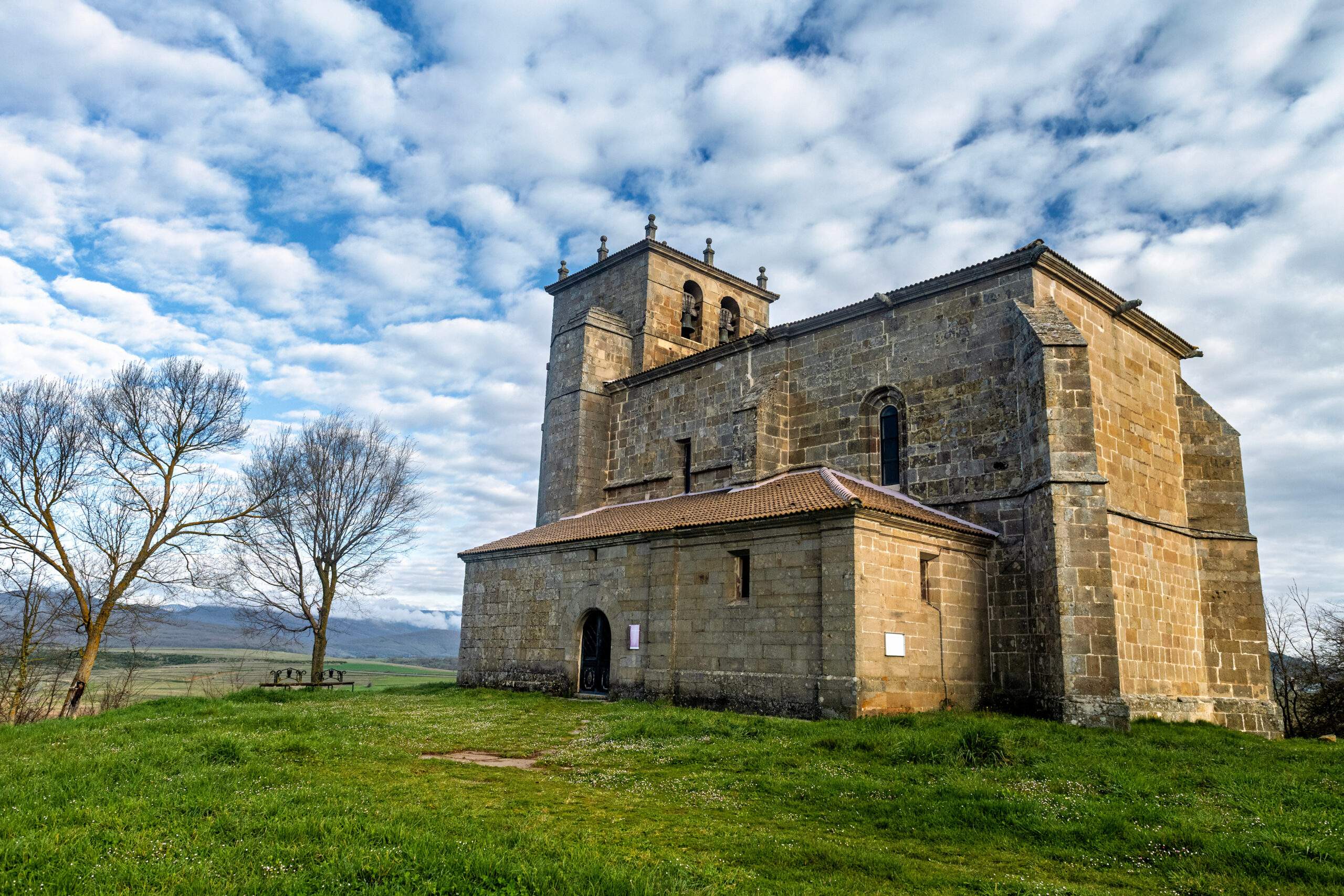The Power of Land Beyond Ownership
When I first started my career in construction and development, the focus was straightforward: buy land, build housing, and help families find a place to call home. Over time, however, my view of land shifted. I realized land isn’t just a commodity to develop and sell—it’s an opportunity to create lasting value for a community, a legacy that gives back long after the initial project is complete.
Legacy is about more than the buildings we construct. It’s about the spaces we create, the memories made there, and the positive impact that continues for generations. In this blog, I want to share why turning land into landmarks that serve communities is the greatest gift a developer can give, and how I’ve tried to live that philosophy throughout my career.
From Ownership to Stewardship
Land ownership comes with responsibility. When you develop property, you’re not just shaping the physical landscape—you’re influencing the social fabric of a neighborhood. How that land is used can uplift or divide communities, bring people together or isolate them.
I believe developers must become stewards of the land, thinking beyond short-term profits. It means asking: How can this land serve the community long-term? What can we build that will outlast us and benefit future generations? This mindset guided my decision to donate land for Krebs Park in Hinesville, Georgia.
Krebs Park: A Legacy of Community
Donating land for Krebs Park was one of the most meaningful decisions I’ve ever made. Instead of developing that parcel for housing or commercial use, I wanted to create a place where people of all ages could gather, play, and connect.
Today, Krebs Park features basketball courts, tennis courts, pickleball courts, a skate park, a dog park, and walking trails. It’s more than just a park—it’s a community landmark. Watching families picnic, children play, and neighbors form lasting friendships there reminds me why legacy matters.
Krebs Park wasn’t just a gift of land; it was an investment in community health, happiness, and cohesion. It’s a tangible symbol of how thoughtful land stewardship can create spaces that give back year after year.
Giving Back in Ways That Matter
Land has the power to support many community needs. Over the years, I’ve also donated land for a pet rescue facility and supported local healthcare through benefactions to Mayo Hospital. These contributions reflect my belief that legacy is about meeting real, diverse needs.
Whether it’s parks, healthcare, education, or services for animals, developers can help shape their communities in meaningful ways. It’s about thinking broadly—beyond housing—to identify opportunities where land can provide social value and improve quality of life.
Building a Legacy Through Visionary Development
Creating landmarks that give back isn’t accidental. It requires vision and intentionality. From my early days working with my father at Krebs Engineering to earning licenses in utility engineering and water treatment, I’ve learned that successful development blends technical expertise with foresight.
When you plan a project, consider the bigger picture. Think about how green space, recreational facilities, and community centers can be integrated. Design infrastructure that supports sustainability and accessibility. A well-planned development doesn’t just serve its residents today—it creates a foundation for future generations to thrive.
The Business Case for Legacy Projects
Some might question the business value of donating land or investing heavily in community amenities. But the truth is, legacy projects often pay dividends in unexpected ways.
Communities that offer quality parks, trails, and recreational facilities attract residents and businesses. Property values tend to rise, turnover rates decrease, and neighborhoods develop a strong sense of pride. Developers who build with legacy in mind create desirable, resilient communities that stand the test of time.
For me, it’s not just about business—it’s about responsibility. But from a business perspective, investing in landmarks that give back is a smart, forward-thinking strategy.
Overcoming Challenges and Encouraging Collaboration
I recognize that turning land into lasting landmarks isn’t always easy. Developers face financial pressures, zoning hurdles, and community skepticism. But these challenges can be overcome with creativity and collaboration.
Working with local governments, nonprofits, and community groups can unlock resources and ideas. Phasing development, applying for grants, and engaging future residents in the planning process help ensure projects meet real needs and build local support.
Legacy development is a partnership. It requires listening, patience, and a willingness to go beyond the minimum.
Legacy Is More Than Buildings—It’s Impact
At the heart of legacy is impact—how the spaces we create influence lives. Buildings can age and fade, but well-designed parks, trails, and community landmarks endure. They provide places for families to gather, children to play, and neighbors to connect.
These spaces improve physical health, foster social bonds, and nurture a sense of belonging. They also become part of a community’s identity—a source of pride and continuity across generations.
A Call to Fellow Developers
As I reflect on my career and the projects I’ve been fortunate to lead, I’m reminded that true success is about more than profits or square footage. It’s about legacy—the lasting difference we make through how we use the land entrusted to us.
I encourage fellow developers to see land not just as an asset, but as an opportunity—to create landmarks that give back. Invest in green spaces, recreational facilities, and community amenities. Engage with the people who will live there. Plan with the future in mind.
When we do this, we build more than houses. We build healthier, stronger, and more vibrant communities that stand as a testament to our values for generations to come.
